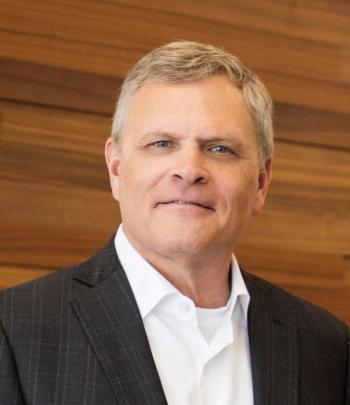
Docs need time to see patients
Medical Economics readers discuss the seeming impossibility of seeing 10 patients in an hour while still providing quality medical care.
Docs need time to see patients
As a general internist who finished training in 1992, I laughed at the suggestion on how to see more patients ("8 ways to see more patients," by Beth Thomas Hertz, July 25 issue). Ten patients an hour? I can barely see four. The majority of my patients are elderly, complicated, or needy.
Would I like to make more money? Sure, but not by killing myself with expanded hours and an unrealistic schedule. Patients do want to get better, but they also want to be heard. Even without socializing, you can't do that in 6 minutes and have them buy into your diagnosis and treatment plan.
Lastly, reimbursement for this new insurance needs to be reasonable. Illinois Medicaid pays so poorly that most practices have restricted (if any) access for these patients. You can give people insurance, but if no physicians will take it, they will end up back in the emergency department when they are sick.
SUSAN DEGUIDE, MD
Rockford, Illinois
Healing requires interaction, time
There is no way that a physician could honorably do his or her job in 10 minutes, let alone 6 minutes, per patient.
Is this what being a primary care physician has come to? If so, let a computer do the job.
There is no way to evaluate depression, headache, abdominal pain, etc., in 6 minutes. There is no way to educate, counsel, and encourage patients in 6 minutes. The narrative and relationship-building simply will not happen in 6 minutes.
Healing does not occur in a bleak, stark, soulless interaction limited to 6 minutes. If this is the future of primary care medicine, I am saddened and embarrassed for my profession.
CRAIG S. MATHER, MD
Ashland, Oregon
Complaints may follow suggested work method
Ten patients per hour? It is time to drown this puppy in the river.
I am expected to: First, triage the easy cases to the midlevel provider. Next, enter the exam room and allow the patient to voice her or his concern without interrupting or prompting for 1.5 minutes. Then, proceed to question, examine, educate, prescribe, and explain issues such as Tdap vaccines, hepatitis C screenings, and smoking cessation. Finally, turn to my computer terminal and spend 4 minutes clicking templates. Then, type 99214, punch enter and, at 5 minutes, 55 seconds, stand upright and bolt out the door.
The patient, at first befuddled, gathers up his or her things and then goes home to go online to learn how to report fraud to the regulators.
The industrial model may work for the Slipshod Widget Factory, but I don't want their widgets, either.
PAUL F. VAN AUSDAL, MD
Yellow Springs, Ohio
Newsletter
Stay informed and empowered with Medical Economics enewsletter, delivering expert insights, financial strategies, practice management tips and technology trends — tailored for today’s physicians.
















